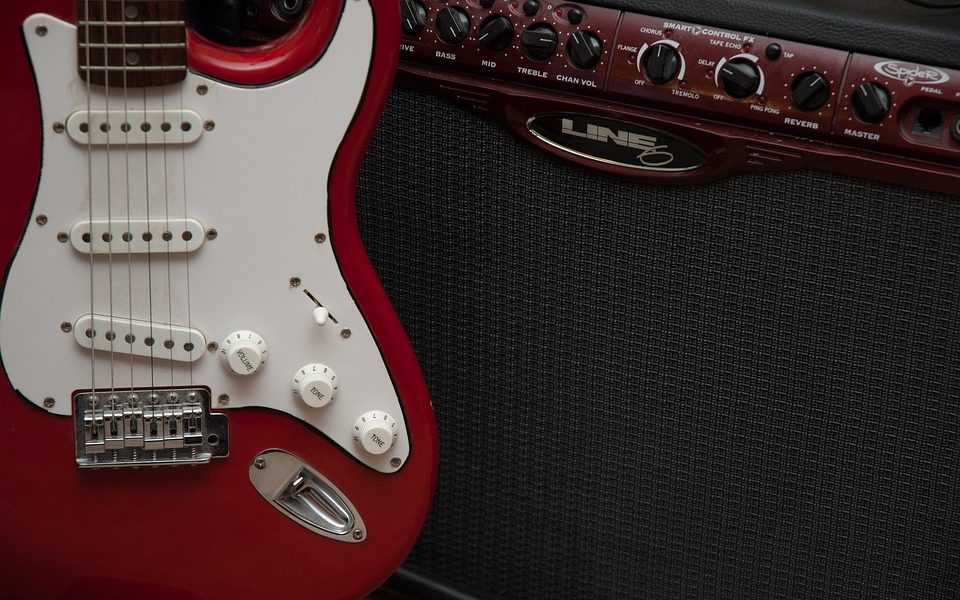Mastering the Classics: A Comprehensive Guide to Guitar Chords for Classical Standards
Mastering the Classics: A Comprehensive Guide to Guitar Chords for Classical Standards
Classical guitar music is a rich and diverse genre that has stood the test of time. Whether you are a beginner looking to dive into the world of classical guitar or an experienced player looking to expand your repertoire, mastering classical standards is a rewarding journey that will enhance your technical skills and musical understanding. In this comprehensive guide, we will explore essential guitar chords for classical standards, providing you with the tools and knowledge you need to confidently play some of the most iconic pieces in the classical guitar repertoire.
Understanding Classical Guitar Chords
Before we delve into specific chords, it is important to understand the fundamentals of classical guitar chords. Unlike chords in popular music, classical guitar chords are often more complex and require precise fingering and technique. Classical guitarists use a combination of open and closed chords, as well as barre chords, to create rich harmonies and textures in their playing. It is essential to develop strong finger independence and control to navigate the intricate chord progressions found in classical music.
Essential Chords for Classical Standards
1. The C Major Chord
The C major chord is a foundational chord in classical guitar music. To play the C major chord, place your first finger on the first fret of the second string, your second finger on the second fret of the fourth string, and your third finger on the third fret of the fifth string. Strum all six strings to sound the C major chord. Practice transitioning smoothly between the C major chord and other chords to develop your dexterity and precision.
2. The A Minor Chord
The A minor chord is another essential chord in classical guitar music. To play the A minor chord, place your first finger on the first fret of the second string, your second finger on the second fret of the third string, and your third finger on the second fret of the fourth string. Strum all six strings to sound the A minor chord. Experiment with different fingerings and voicings of the A minor chord to create variations in your playing.
3. The D Major Chord
The D major chord is a versatile chord that can be used in a wide range of classical guitar pieces. To play the D major chord, place your first finger on the second fret of the third string, your second finger on the second fret of the first string, and your third finger on the third fret of the second string. Strum all six strings to sound the D major chord. Focus on maintaining a clean and even sound across all strings when playing the D major chord.
4. The G Major Chord
The G major chord is a powerful and resonant chord that adds depth and color to classical guitar music. To play the G major chord, place your first finger on the second fret of the fifth string, your second finger on the third fret of the sixth string, and your third finger on the third fret of the first string. Strum all six strings to sound the G major chord. Experiment with different strumming patterns and arpeggios to enhance the tonal quality of the G major chord.
5. The E Major Chord
The E major chord is a bright and uplifting chord that is commonly used in classical guitar music. To play the E major chord, place your first finger on the first fret of the third string, your second finger on the second fret of the fifth string, and your third finger on the second fret of the fourth string. Strum all six strings to sound the E major chord. Work on transitioning smoothly between the E major chord and other chords to improve your overall technique and fluidity.
6. The F Major Chord
The F major chord is a challenging chord that requires strength and agility to play effectively. To play the F major chord, place your first finger on the first fret of the sixth string, your second finger on the second fret of the fourth string, and your third finger on the third fret of the fifth string. Strum all six strings to sound the F major chord. Practice incorporating the F major chord into your playing to expand your repertoire and technical proficiency.
7. The B Minor Chord
The B minor chord is a dark and moody chord that adds tension and drama to classical guitar music. To play the B minor chord, place your first finger on the second fret of the fifth string, your second finger on the second fret of the third string, and your third finger on the second fret of the second string. Strum all six strings to sound the B minor chord. Experiment with different voicings and inversions of the B minor chord to create unique and expressive musical phrases.
Mastering Classical Guitar Chords
Mastering classical guitar chords takes time, patience, and dedication. It is important to practice consistently and systematically to build muscle memory and develop a deep understanding of chord shapes and progressions. Focus on proper finger placement, hand position, and posture to ensure clean and precise chord transitions. Experiment with different dynamics, articulations, and expressions to bring life and emotion to your playing. Embrace challenges and setbacks as opportunities for growth and improvement. By mastering classical guitar chords, you will unlock a world of musical possibilities and elevate your playing to new heights.






